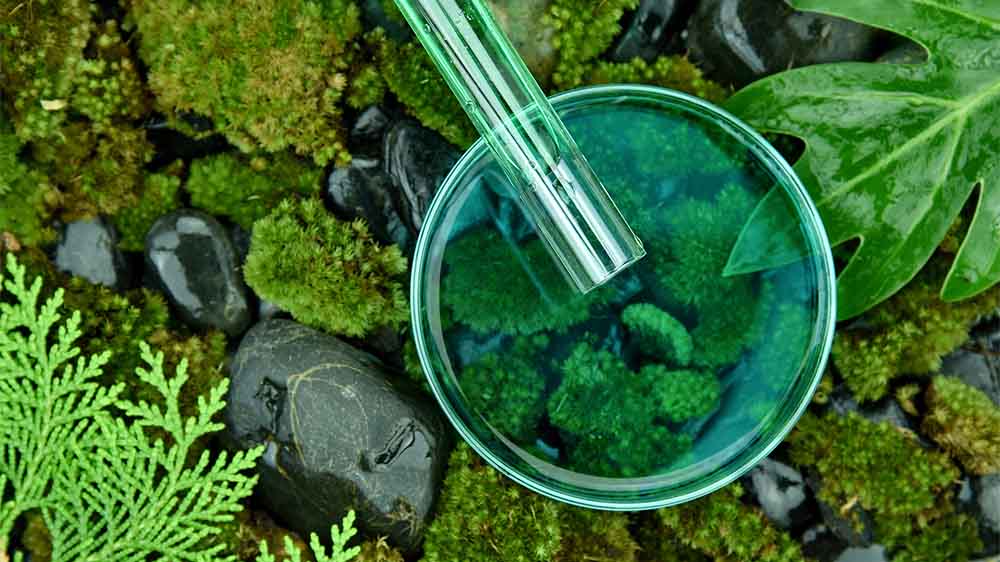Become a Funder
Join us to fund cutting-edge research seeking scalable solutions to carbon sequestration
Join us to fund cutting-edge research seeking scalable solutions to carbon sequestration
Removing carbon dioxide from the atmosphere at Gigaton scale is one of our biggest global challenges. Not only do we need innovative science, but also viable solutions that are scalable, sustainable and cost-effective. By joining us as a funding partner, you will be supporting some of the best and most novel biotechnology research into natural carbon removal pathways, and help prevent catastrophic climate change.
Fremr is a sustainable investment business based in Norway, committed to a low carbon sustainable future for all, and established CTRF as a non-profit entity to help fund brilliant research ideas to tackle the climate crisis. Fremr would welcome other foundations, companies and philanthropists who share our passion for research and innovation to join us and support CTRF in seeking novel ways to remove greenhouse gases from the atmosphere in response to the climate crises.
We are looking for a core group of committed funding partners to join CTRF to identify and support ground breaking research into tackling the urgent need to remove carbon from the atmosphere at scale.

The IPCC recognises we cannot stabilise the climate at safe levels without carbon dioxide removal playing a significant role.
Keeping temperature rise to 1.5 degrees C, as outlined in the Paris Agreement, will require us to reach net-zero emissions globally by midcentury. Reaching this goal, which many recognize is already beyond reach, will require deep emissions reductions, first and foremost, from every sector of the economy. Unfortunately, we are now at the stage where carbon removal is now needed alongside those efforts to balance residual GHG emissions that cannot, or would not, be reduced by midcentury if abatement technologies do not become available or cost effective at scale. Even after we reach net-zero, carbon removal can help reduce the historic excess concentration of CO2 in the atmosphere (sometimes called ‘legacy emissions’), as well as the residual emissions from hard-to-abate industries, such as cement and steel, to safer levels. Current concentrations of CO2 are already causing more frequent and intense extreme weather events and sea level rise that are disproportionately affecting countries least responsible for these emissions.
The Intergovernmental Panel on Climate Change (IPCC), the world’s most authoritative body on climate science, has stated that all pathways that limit global warming to 1.5°C will require some degree of carbon removal. Realistically, this is now a challenge to limit the size and time of ‘overshoot’, given the scientific evidence showing that 1.5°C will be surpassed in the early to mid 2030s.
The IPCC’s climate modelling scenarios indicate that dependence on carbon removal could vary widely, from less than 1 billion tonnes per year to more than 10 billion tonnes per year of carbon dioxide removed. Other estimates that use different methodologies also point to several billion tonnes of carbon removal needed per year.
The amount of carbon removal ultimately required to avoid the worst impacts of climate change depends on the speed and scale of emissions reductions. We have a near-term opportunity – and imperative – to reduce emissions as much as possible to minimise our future reliance on carbon removal. In most cases, it will be more costly and difficult to remove carbon out of the atmosphere rather than prevent it from being emitted in the first place.
We fund research into new methods of carbon sequestration, which have their roots in nature, but which could be scaled significantly using biotechnology.
In the coming years, we will support research projects involving sequestration by microorganisms through to plant-based systems. We recognise the challenge and complexity of cutting edge research, but also the huge challenge in finding and deploying scalable carbon removal solutions.
Our inaugural funding announcement launched in February 2023. Through this call we are actively scoping opportunities and encouraging the research community to come forward with their most innovative solutions to accelerating natural carbon removal pathways.
We are excited by the potential application of cutting-edge transformational biotechnologies including synthetic biology, gene editing and engineering biology. We are particularly interested in research on bacteria and microalgae.
We also consider projects involving more speculative research into soil carbon sequestration via fungi and sequestration via macroalgae and archaea. Whilst plant-based systems remain the most well-researched, the application of ground-breaking technologies in genetic engineering and synthetic biology provide significant opportunity as well.
These opportunities represent a snapshot of what may be possible in the world of biotechnology applications to nature-based carbon sequestration in open or closed terrestrial or ocean systems. As we develop our research strategy over the coming months we welcome continued engagement with the research community to inform our evolving priorities.
If you are interested in learning more about our funding priorities and grants, please visit ‘Apply for Funding’.
Latest news, insights and knowledge on biotechnology and opportunities for scalable carbon sequestration.
If you would like to learn more about our work, or are interested in having a conversation to discuss potential ways in partnering with us, then please do reach out to either Tanya Rahman, Director of Strategic Partnerships or Dave Hillyard, CEO.